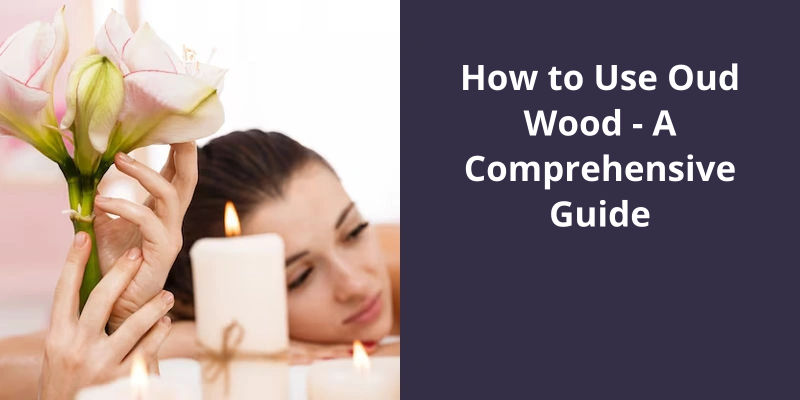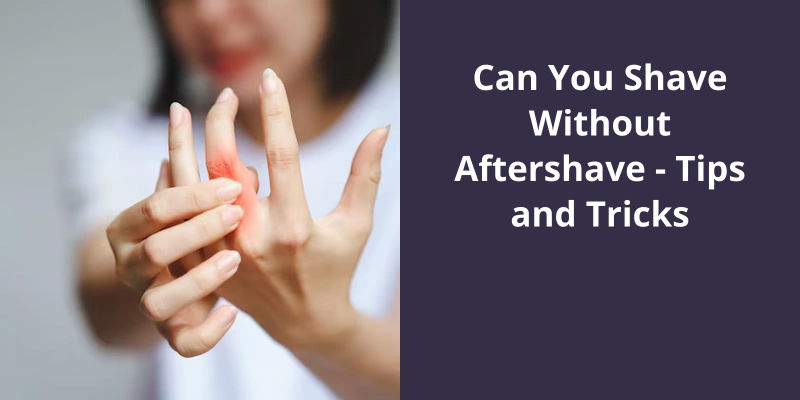Using Oud Wood is fairly simple and straightforward. Firstly, you identify where your pulse points are like your wrists, behind the ear, the base of your throat, inside your elbow, and behind your knees. Using one to two sprays, lightly mist your selected pulse point and allow it to dry naturally without rubbing to maintain its original scent. When used in oil form, simply dab a small drop on your pulse points with the included applicator. It’s important to note that Oud Wood is quite potent, so it’s best to use sparingly. Remember to store it in a cool, dry place away from direct sunlight to preserve its fragrance.

How Do You Use Oudh Oil?
When using oud oil as a fragrance, it’s important to remember that a little goes a long way. Due to it’s potent nature, it’s advisable to use just a small amount of oil to avoid overwhelming smells. Applying the oil to your wrists, neck and behind your ears will provide you with a more intense scent. It’s recommended that you apply the oil shortly after taking a shower or bath, as the moistness of the skin will help to absorb the oil with ease.
Oud oil shouldn’t be applied directly to the skin but instead, it should be blended with a carrier oil to reduce it’s concentration. Mixing oud oil with carrier oils can also offer several added benefits, such as moisturizing and healing effects. Almond, coconut, jojoba and grapeseed oils are commonly used as carriers for oud oil.
Oudh oil can also be used as a form of aromatherapy. A few drops of oud oil can be added to a diffuser, or a handkerchief to release it’s scent through your breathing. Inhaling the aroma of oud oil is believed to have a calming effect that can help to reduce stress and anxiety, and promote better sleep. The oil can also help to clear your sinuses and airways, making it an ideal choice for those who suffer from respiratory ailments.
It’s antibacterial properties make it an effective agent for killing odor-causing bacteria. The oil can also be used as a base for DIY perfumes, where it acts as a fixative that binds the scents of other oils used.
Now, while Oud and Oudh are essentially the same thing, the way they’re pronounced can vary depending on where you’re in the world. But there are also other nuances to consider when it comes to this precious fragrance oil, such as it’s origin, quality, and usage in perfumery. In the following sections, we will explore these differences and more, so you can better understand the allure of Oud and Oudh.
What Is the Difference Between Oud and Oudh?
Oud oil is extracted through a complex process of distillation from the heartwood of the Agar tree. The tree is known to produce resin, a type of secretion in response to injury or infection. This resin is known to contain the some distinct chemical compounds that give it it’s unique scent. This resin is typically ground down into fine pieces which are then soaked in water to extract the oud oil. The resulting liquid is then distilled to extract the volatile compounds that give oud it’s rich and complex aroma.
While oud is often referred to as Oudh in Arabian, there’s no actual difference between the two – they’re simply different spellings of the same word. Oud is a word in Arabic that means “wood,” and is the name given to the wood of the Aquilaria tree.
Oud oil has been used in perfumery for centuries and has a long history of use in the Middle East, Japan, and Southeast Asia. It’s use in perfumes is ancient and probably dates back thousands of years. Today, it’s a common ingredient in high-end fragrances, particularly those from the Middle East and Europe.
It’s also known for it’s longevity, with it’s scent often lasting for hours or even days on end.
Conclusion
In conclusion, the use of oud wood can add a touch of luxury and sophistication to one's lifestyle. It’s a versatile material that can be used in a variety of ways, from fragrances to home decor. The key is to use it sparingly and in the right context, as it’s a strong and distinctive aroma. It’s important to note that the sourcing and ethical production of oud wood is crucial to maintain it’s sustainability and to avoid contributing to the depletion of natural resources.





